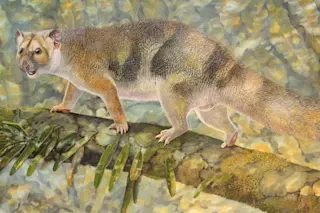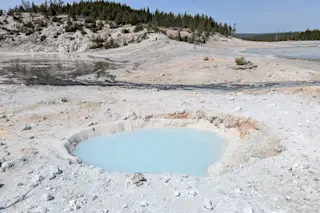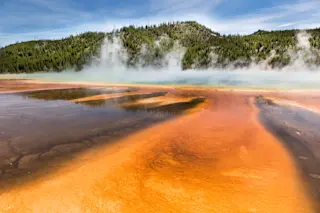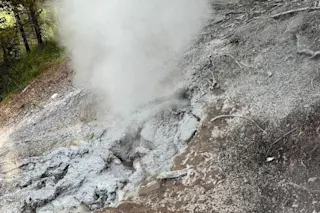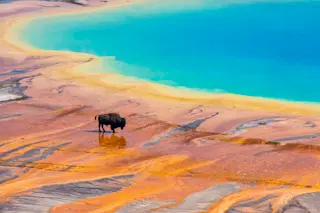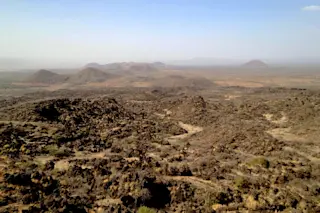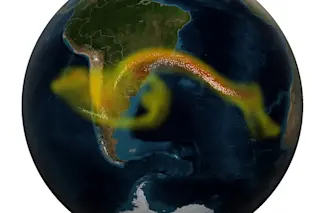At home in the rainforest of Miocene Australia, and in our hearts, Microleo attenboroughi was a marsupial lion that weighed less than two pounds. Credit: Peter Schouten. It weighed a little more than that 20-ounce bottle of Mountain Dew on your desk and is named after one of the giants in nature broadcasting: Meet the pocket-sized marsupial lion that you wish you could have met for real 19 million years ago. Microleo attenboroughi is the latest fascinating fossil to emerge from northern Australia, which earlier this year gave us the hypercarnivore Whollydooleya tomnpatrichorum (go on, just say that name aloud. You know you want to). Researchers unearthed M. attenboroughi at the fossiliferous Riversleigh UNESCO World Heritage Site and dated the animal to about 19 million years ago, when the area was a lush rainforest. Named in honor of beloved broadcaster Sir David Attenborough (also arguably the world's most famous naturalist ...
Adorable Mini-Marsupial Lion Microleo Has the Name of a Giant
Discover Microleo attenboroughi, a miniature marsupial lion from Miocene Australia with a charming backstory. Dive into this fascinating find!
More on Discover
Stay Curious
SubscribeTo The Magazine
Save up to 40% off the cover price when you subscribe to Discover magazine.
Subscribe

